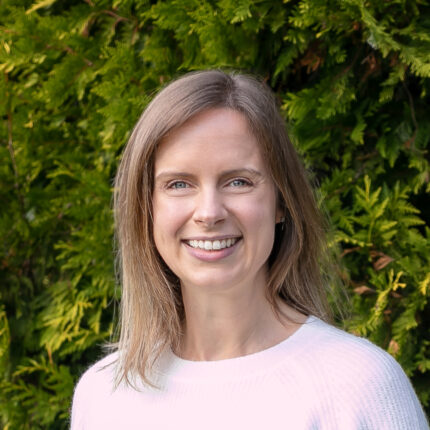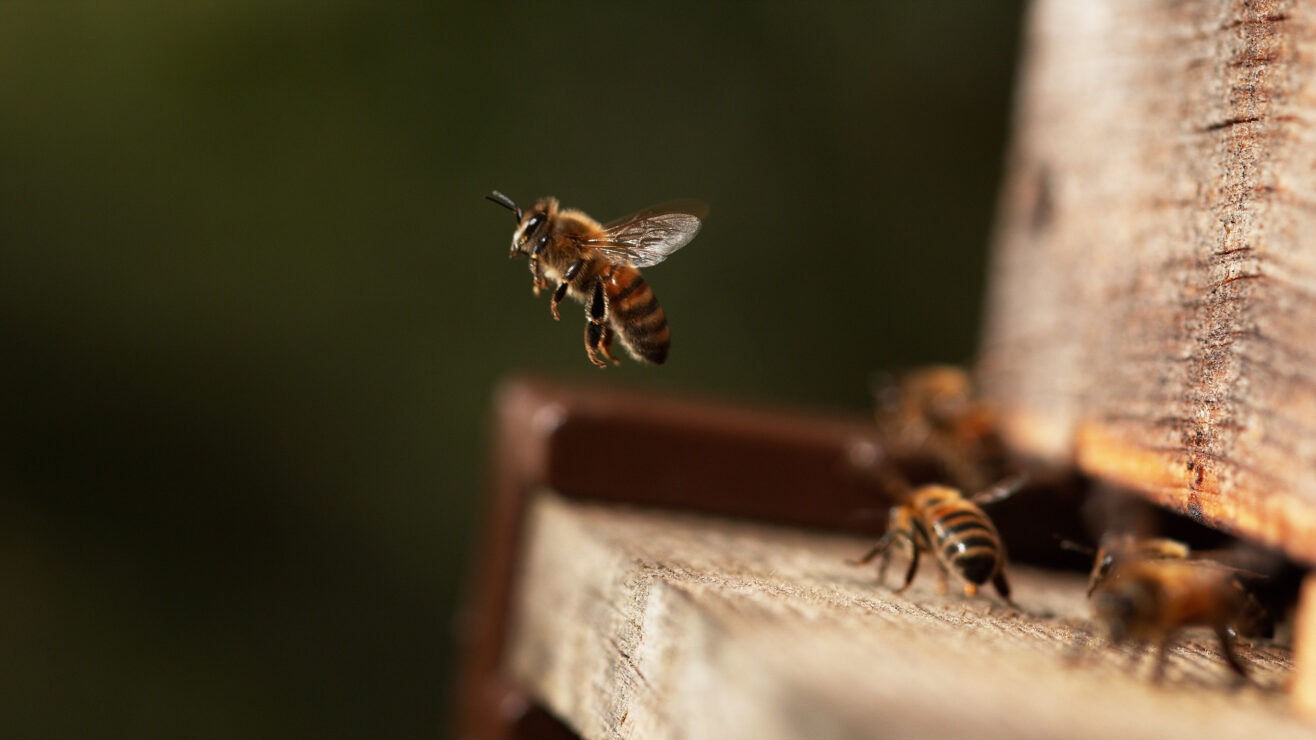In Cheltenham they call it “UCAS Christmas” and it’s not hard to see why. Months of preparation, a whole lot of expectation riding on a single day, highs and lows of emotion, and more snacks than you can shake a stick at.
Level 3 results day at UCAS HQ has the kind of jittery manic energy that comes when a lot of people have been anticipating this day for months, and half of them have been up since 2.00am the night before. By the time I arrive, the marquee moment – the national release of admissions decisions into 700k-plus inboxes at 8.00am – has passed without a hitch and the main business of Clearing, fielding queries from anxious applicants (and their parents), is under way.
Nerve centre
At the heart of the building sits Joint Operations Centre, or JOC for short, a room humming with the quiet buzz of people making sure the right things are happening. Courteney Sheppard, UCAS head of operations, explains that today, most UCAS people who have decision-making power on results day convene in this one space so that if anything happens that needs speedy resolution the right person is on hand. Those with deep subject expertise are housed temporarily in the office next door, ready to jump in to address issues as they arise.
All along one wall there are massive screens – at least twenty and probably more like thirty, all monitoring different data in real time. One screen simply shows the current time (because in the critical two minutes before 8.00am release there are actions that are coordinated to the second); others track web traffic, database capacity, maximum wait times for calls, social media traffic, applicant behaviours, and much more besides. Opposite the screens is a flipchart where there are already a ream of jotted notes about ways to improve for next year.
It’s easy to underestimate the logistical and technological challenge facing UCAS on results day but consider how rare it is for any system to have to cope with close to simultaneous login of every possible user. All over the country at 8.00am on the dot applicants’ UCAS results portal goes live and they can login to see whether they have secured their preferred course and higher education institution. Simultaneously they receive an email from UCAS with the same information. And, I’m told, UCAS creates a static web page for each and every applicant with the same information so that if there is any delay at all in getting into the portal, even of only a few seconds, the applicant can be redirected to the information they are looking for.
“The 8 o’clock moment is always hairy,” says Lynsey Hopkins, UCAS director of admissions. “The preparation is incredible, and takes months, because there are so many moving parts. The tech is really complex and is getting more so all the time. You always worry that if any applicant wasn’t able to see their outcomes that could ramp up their anxiety on one of the highest stakes and most stressful experiences of their young lives.”
But getting information on admissions decisions out to applicants is only the beginning. The vast majority – in fact the highest number on record this year – will have a place confirmed at their first choice of institution. Most of those will segue seamlessly into celebrating and looking forward to taking up their place. But a substantial number will pass through Clearing – and not only because they have been unlucky enough not to receive an offer from their preferred institution. Some applicants’ plans will have changed since they made their application through UCAS and will wish to decline their place in favour of a different option; others don’t even start applying until the Clearing period. Where UCAS holds data on applicants’ previous choices and qualifications the system will suggest possible matches for applicants to help them begin to sift their options.
“The largest group of people in Clearing are those who have actively put themselves there,” says Ben Jordan, UCAS head of strategy. “Clearing doesn’t have negative connotations among young people at all – it’s just a brand.”This year 92 per cent of all higher education providers are offering courses through Clearing, and there are more than 30,000 courses available, offering an enormous degree of choice to applicants.
Holding hands
In theory, applicants contact institutions directly, and once they have secured an offer, are able to update their applications via their UCAS portal and have the application confirmed by the institution, without active intervention from UCAS. In practice, many applicants still need help and support from the central admissions service.
Over in the “west wing” there’s the traditional call centre staffed by a mixture of UCAS’ customer service team, volunteers from across the business, and temporary staff, all sporting UCAS t-shirts, headsets and query cards they can wave to summon a senior staff member to help them answer the more complicated questions. On a normal day, UCAS has 50-60 people working on customer services; today it’s around 200.
It’s not uncommon for calls to simply consist of an applicant saying, “My UCAS portal says I got in. Did I get in?” To which the correct answer is, “Yes, you got in, hurray!” Job done to everyone’s satisfaction. But it’s much more likely that applicants have more complicated questions – predictably many lose their login information, don’t fully understand the process, and generally need a bit of hand-holding at a stressful time.
“We don’t just handle questions, we handle emotions,” says Jordan Court, customer call handler. “There can be so much riding on this day for applicants, they can get so anxious, it’s understandable they can sometimes lose the ability to deal with administrative stuff.” Every call handler, especially those volunteering receive detailed training, with a strong focus on emotional intelligence. “We tell people, ‘Imagine how you would want your child or your sibling to be treated’” says Courteney. “Nine of ten times what people want from the call is reassurance or validation, especially if they’re not able to get support from a school or college.”
While the calls come in steadily, in this day and age much of the queries are via social media or the UCAS chatbot, Cassy, which is able to resolve the more transactional questions, reducing the overall call load by around 30 per cent. Some issues require intervention: Jordan is able to resolve one query by noticing from a screenshot that an applicant is trying to access his UCAS portal via a web browser that has been designed for gamers – advising the applicant to try again with a more mainstream browser.
Without fail, everyone I speak to talks in glowing terms about their experience of being “on the phones” for Clearing. It’s clearly a formative experience for many UCAS staff, giving them a strong sense of purpose and of the importance of the work they do to connect applicants to higher education, as well as occasionally throwing up useful insight about how to improve the applicant experience.
Lines to take
Elsewhere in the building Jo Saxton, UCAS chief executive, is fielding media appearances and questions alongside minister for skills Jacqui Smith, who has the day before recorded a special message of congratulations to applicants from UCAS’ very own professional recording studio.
UCAS director of data and analysis Maggie Smart talks me through the extraordinary process of data analysis that underpins the talking points everyone is reading in the morning papers. As a voluntary signatory to the UK Statistics Authority’s code of practice for statistics, Maggie is responsible for making sure that anything UCAS says about what the data indicates should be verifiable with actual data published on its website.
Results day for the UCAS data team starts at 11.00pm the night before, capturing live operational data at 12.01am, wrestling it into a format that is publishable as public data, creating different datasets to inform governments in each of the UK Nations, and analysing the key insights that will inform the press release and briefing to the senior team until 5.00am. The press release covering the agreed talking points is signed off and released at 7.00am.
Following results day the team will track and publish daily Clearing data, updating the public dashboards by 11.00am each day. One innovation for this year will be publication of weekly data on use of the “decline my place” function, seeking to understand more about which applicants are more likely to take up that option.
In recent years the media around results day has presented something of a mixed picture, with celebratory stories of achievement and advice on securing a university place mixed with more critical queries of the value of higher education. For UCAS, engagement with stakeholders in government and in media is partly about giving confidence in the robustness of the system and partly about landing messages about the continued importance of higher education opportunity, in line with the emphasis on breaking down barriers to participation in UCAS’ recently published strategy.
In its next strategic period, UCAS will focus on the 250k-odd individuals who register for UCAS but never get to the point of making an application. Understanding the experiences, hopes and aspirations of that cohort will help to inform not just UCAS, but the whole HE sector on how to meet the needs of those of that cohort that could potentially benefit from higher education.
Given the complexity of the policy landscape for HE it’s invigorating to spend a day with people who share a core belief in the power of higher education to change lives, of which Ben Jordan is possibly one of the most heartfelt. As the policy narrative on access to university takes on a more regional and skills-led flavour, Ben argues that the enormous diversity of the higher education offer needs to be better understood so that students can truly appreciate the breadth of the options they have.
“I’ve seen purpose-built factories, I’ve seen racing car courses on university campuses,” he says. “These days the majority of applicants aren’t those with just A levels, it’s a much more mixed picture, and it’s so important that they understand not only what is opened up or closed off by the choices they make but how much higher education has to offer them. It’s our job to get that message out.”
This article is published in association with UCAS.














Given the increasing number of students for whom choosing their university place via Clearing is an intentional decision, I wonder whether the term ‘Clearing’ itself deserves a positive rebrand and image refresh.